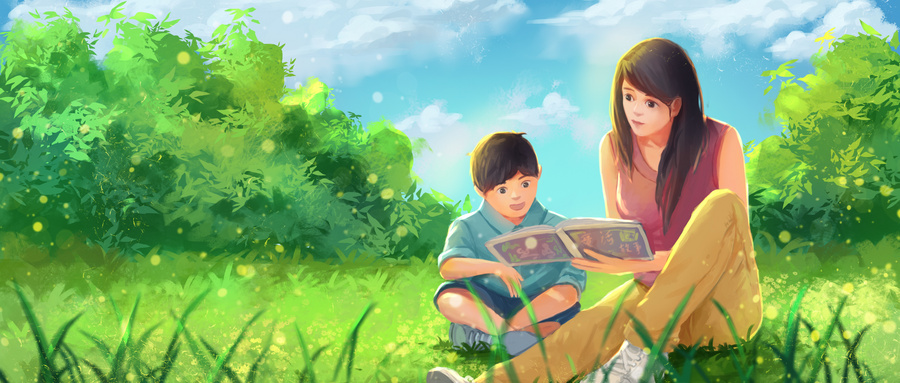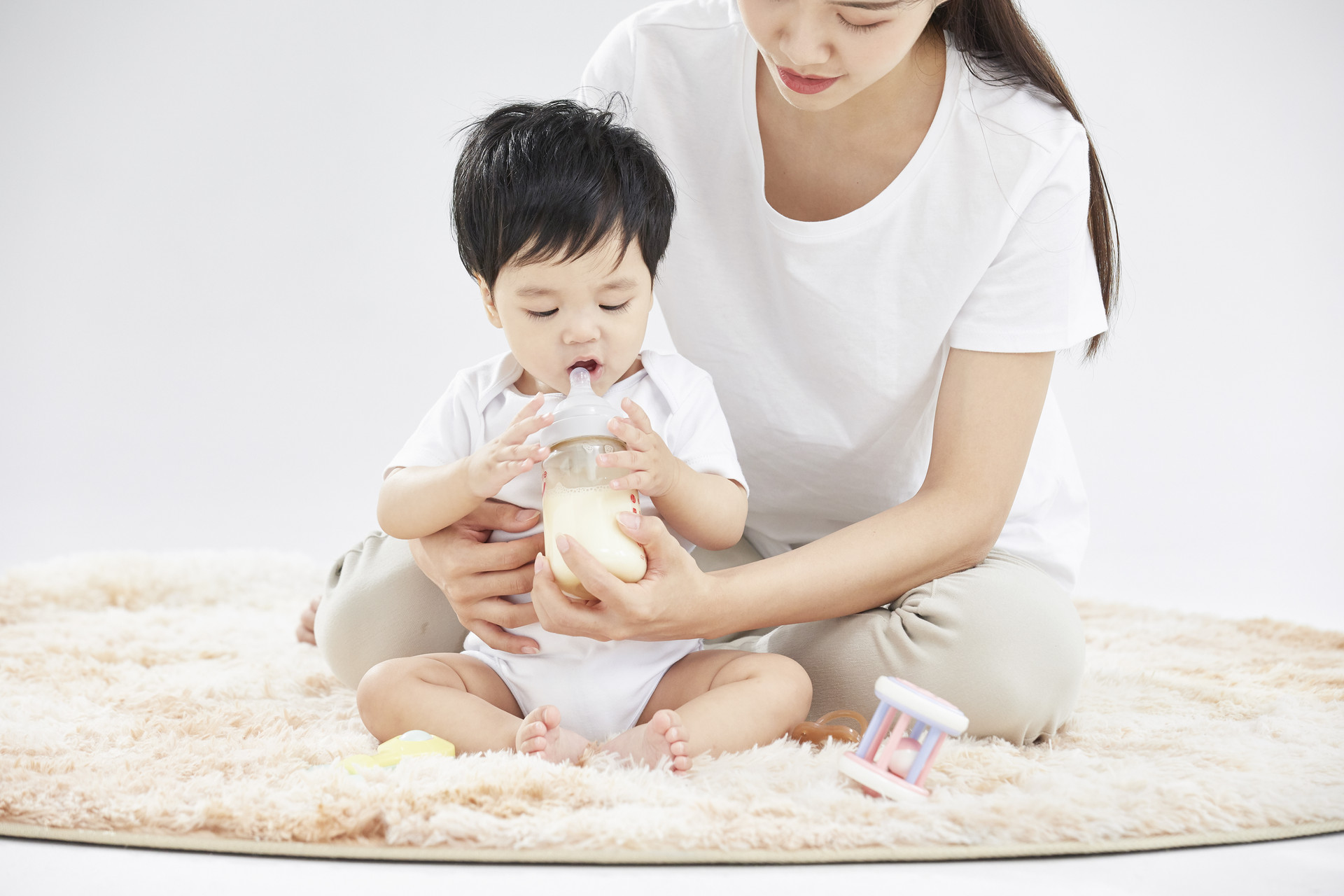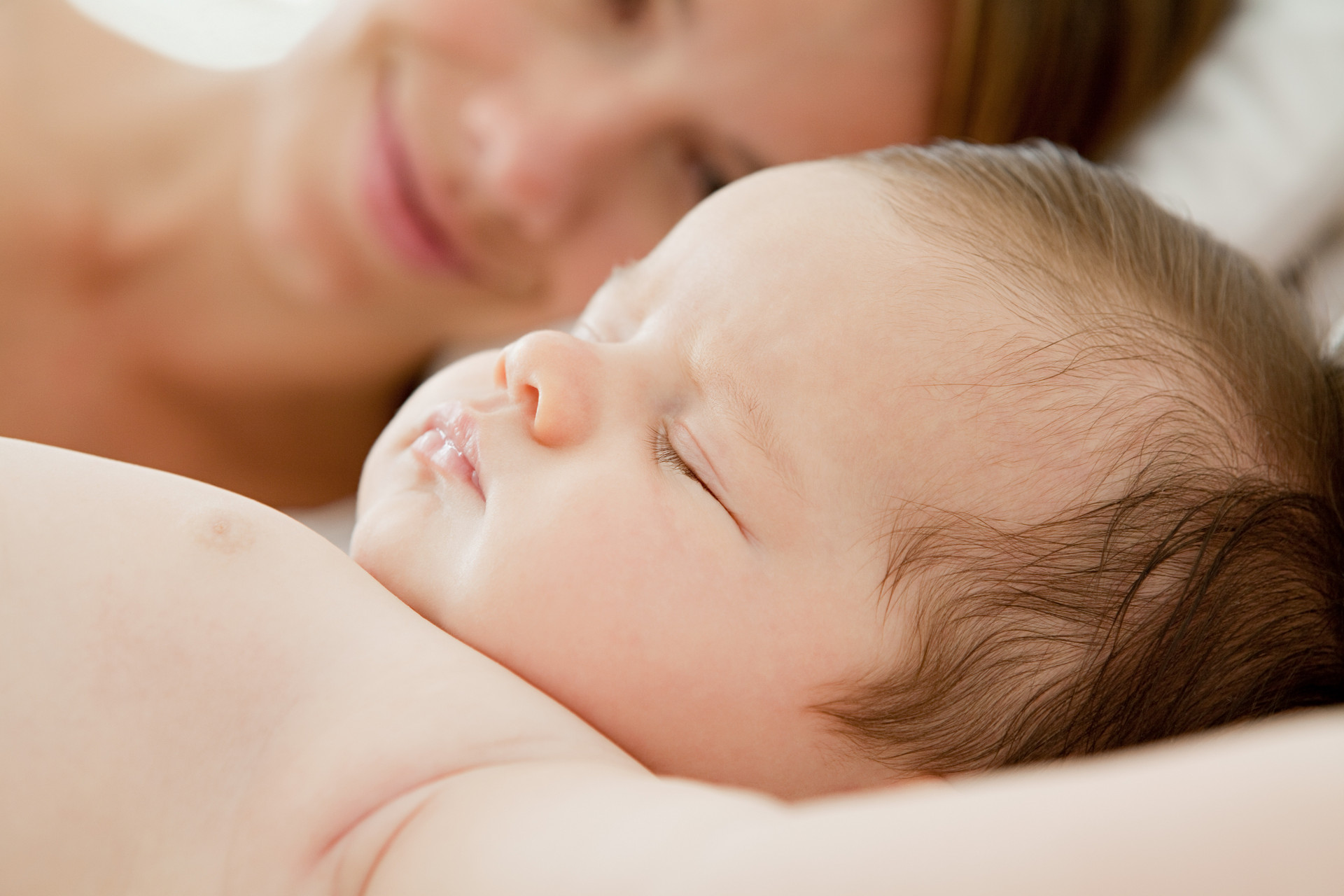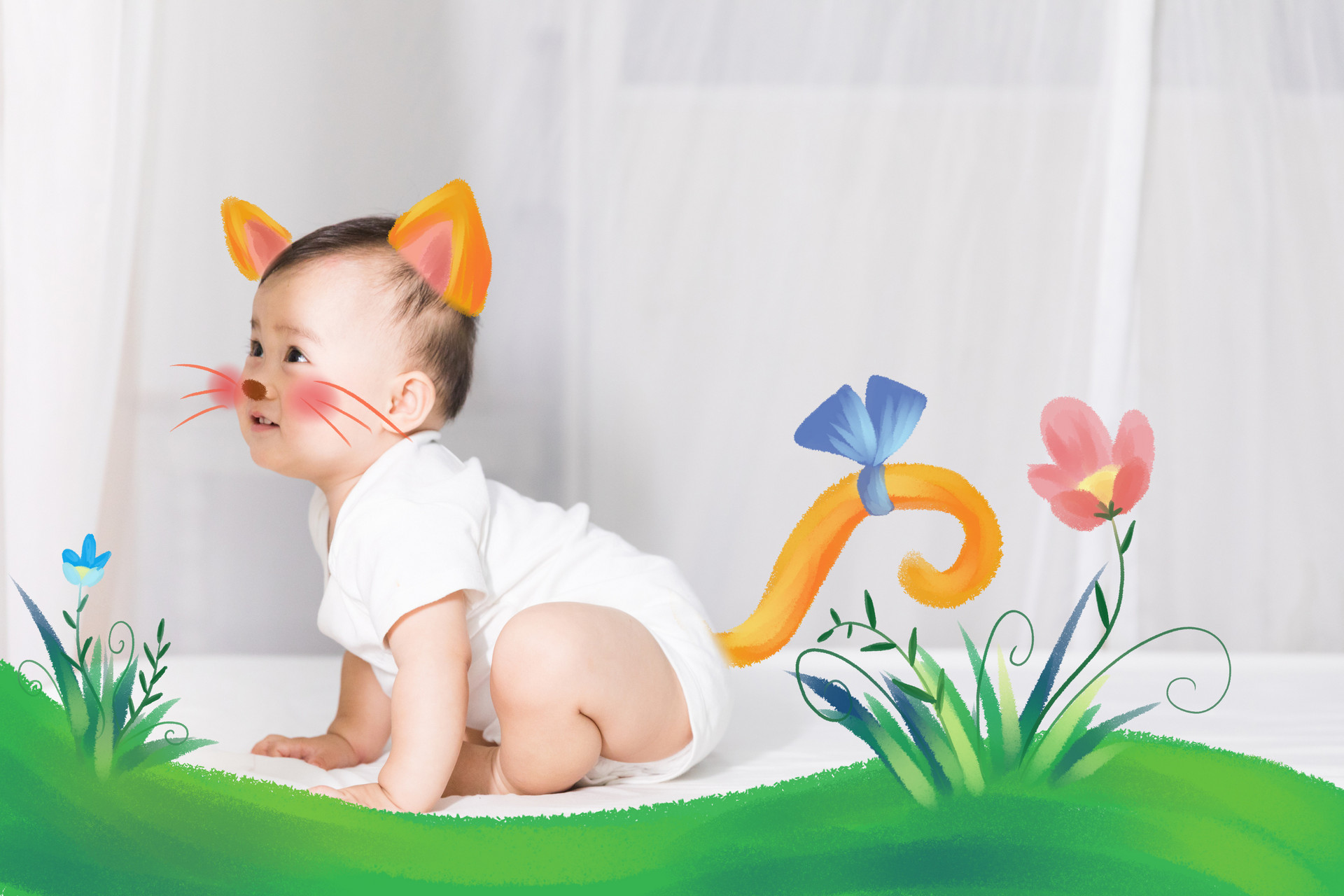Cerebral palsy refers to a comprehensive syndrome characterized by posture and movement disorders, mainly caused by non-progressive brain damage during the immature stage of brain development within one month after birth. Therefore, it is important to understand the types of cerebral palsy for treatment purposes.
Common Types of Cerebral Palsy in Children
1. Spastic type.
2. Athetoid type.
3. Rigidity type.
4. Ataxic type.
5. Tremor type.
6. Hypotonic type.
7. Mixed type (indicating a combination of different types).
8. Unclassified type.
Cerebral palsy can also be classified based on the affected body parts: hemiplegia, paraplegia, monoplegia, diplegia, triplegia, quadriplegia, and double hemiplegia.
Characteristics of Rigidity Type Cerebral Palsy in Children
1. Uniform Resistance during Passive Movement
When there is resistance during passive movement, the sensation of resistance is like a lead pipe or gear. The muscle tension uniformly increases, and the resistance experienced during passive movement is consistent. This is different from the increased muscle tension seen in spastic cerebral palsy, where the resistance is initially high but significantly decreases at the end of the movement.
2. Resistance is Bidirectional during Passive Movement
The characteristic of increased muscle tension is that it is the same regardless of whether the limb is extended or flexed. In other words, regardless of the direction of the passive movement, the resistance experienced is the same, demonstrating resistance in both extension and flexion.
3. Maximum Resistance during Slow Movement
This is different from the spastic type cerebral palsy, which shows the maximum resistance during intense movement.
4. Absence of Hyperactive Reflexes
As rigidity type cerebral palsy is a result of non-pyramidal system damage, the reflexes are not hyperactive and may be normal or weakened. There is no ankle clonus or involuntary movements.
Nursing Care for Rigidity Type Cerebral Palsy
1. Pushing Method: Apply pressure to specific parts or meridians of the patient's body using fingers, palms, fists, elbows, or feet, moving in straight lines in the anterior-posterior, superior-inferior, or left-right direction. Thumb pushing method is commonly used for children.
2. Rubbing Method: Use the fingertips, thumb, palm heel, or metacarpophalangeal joint to gently rotate at a certain part or acupoint.
3. Grasping Method: Use fingers or the whole hand to exert force to lift or hold muscles or acupoints. Finger grasping method is commonly used for children.
4. Kneading Method: Place the palm on a certain part of the body and make rhythmic circular or back-and-forth soft kneading movements to generate a warm and comfortable feeling in the area, which has analgesic effects.
5. Striking Method: Use fists, fingers, palms, or the back of the hand to pat or strike, using gentle finger strength or wrist movements.
6. Rolling Method: Attach the back of the hand or wrist to a certain part of the body and continuously roll back and forth, suitable for areas with thick muscles.
7. Scraping Method: Place the side of the fingertip on one side of the muscle or tendon and make horizontal or vertical scraping or flicking movements.
【Brain Enhancement and Intellectual Food Therapy】
1. Pork Brain and Marrow Soup
Ingredients: 1 pork brain, 15g pork spinal marrow, 10g wolfberries, appropriate seasonings.
Instructions: Wash the pork brain and spinal marrow, place them in a bowl, add wolfberries, salt, monosodium glutamate, cooking wine, soy sauce, etc., steam until cooked, and consume.
Function: Tonify the kidneys and nourish the brain.
3. Walnut and Longan Chicken Pieces
Ingredients: 10g walnuts, 10g longan, 250g chicken, appropriate seasonings.
Instructions: Wash the chicken and cut it into pieces. Mix with cooking wine, starch, and soy sauce. Heat oil in a pan, stir-fry ginger and scallion until fragrant, add the chicken pieces and stir-fry until cooked. Then add walnuts, longan, scallion, ginger, and pepper, stir-fry until well-cooked, and season with salt and monosodium glutamate.
Function: Tonify the kidneys, strengthen the spleen, nourish the heart, and calm the mind.











